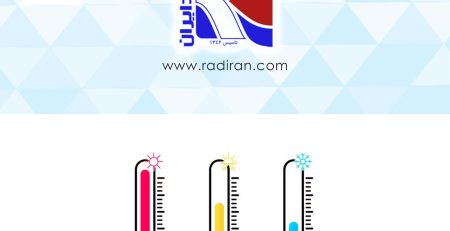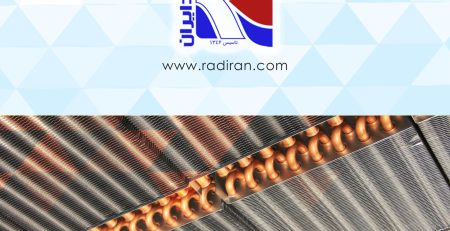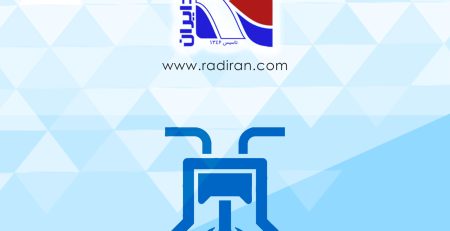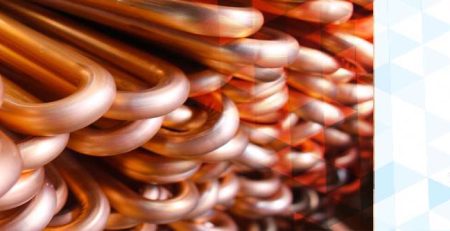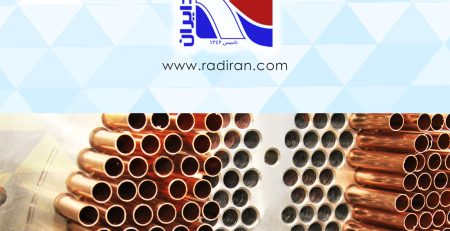Brief and useful explanation of the HVAC system
HVAC, or Heating, Ventilation, and Air Conditioning, is a system designed to provide thermal comfort and acceptable indoor air quality. Here’s a brief breakdown:
1. Heating (H):
– Furnaces or boilers are commonly used to generate heat.
– Heat can be distributed through radiators, underfloor systems, or forced air.
2. Ventilation (V):
– Involves the exchange of indoor and outdoor air to maintain air quality.
– Mechanical ventilation systems use fans and ducts to circulate and filter air.
3. Air Conditioning (AC):
– Uses various methods (e.g., refrigeration cycle) to cool and dehumidify air.
– Commonly employs compressors, condensers, and evaporators.
4. Components:
– Thermostat: Controls temperature settings.
– Ductwork: Channels air throughout the building.
– Air Handlers: Move and condition air.
– Filters: Remove particles from the air.
– Ventilation Fans: Ensure fresh air circulation.
5. Types:
– Central HVAC: Common in larger buildings, with a centralized system.
– Split Systems: Separate units for indoor and outdoor use.
– Ductless Systems: No ductwork required, suitable for smaller spaces.
6. Energy Efficiency:
– Modern systems often integrate energy-efficient technologies.
– Variable-speed motors and smart thermostats contribute to energy savings.
7. Maintenance:
– Regular maintenance is crucial for optimal performance.
– Cleaning filters, checking refrigerant levels, and inspecting ducts are common tasks.
8. Smart HVAC:
– Integration with smart home systems allows remote control and automation.
– Sensors optimize energy usage based on occupancy and ambient conditions.
HVAC systems play a vital role in creating a comfortable and healthy indoor environment, especially in residential, commercial, and industrial settings.




